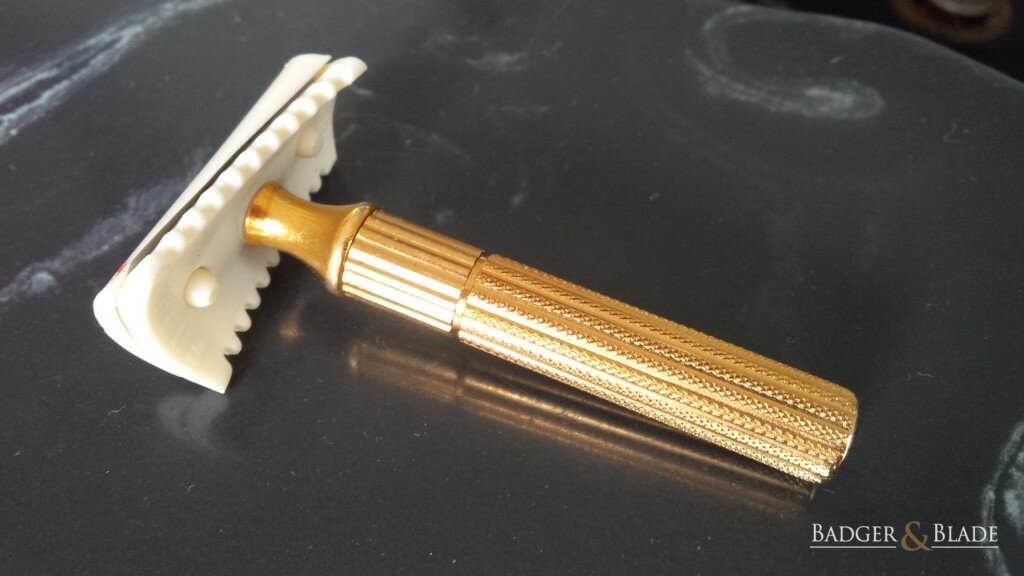After another thread where I looked at and compared my Above the Tie S1 to other slants and how it behaved. I started to wonder if the big thing about a slant was the actual slant.
So the Above the tie S1 is closer to a traditional scalloped safety bar razor, but with a slight twist and slant. It’s very nice, but it’s closer experience to a scalloped safety bar than a Merkur 37c.
Kind of like how a Razorock BBS is like a traditional slant regarding the curve of the blade and the angle which the blade is presented. Just without the twist and slant. I wasn’t into razors too much when it initially came out but a lot of comments even reflected that. Makes me debate buying one.
So to those that have experience, and it seems the owners of the BBS and other slants may know best. Does the slant play more of a role than the curve and angle of the blade?
So the Above the tie S1 is closer to a traditional scalloped safety bar razor, but with a slight twist and slant. It’s very nice, but it’s closer experience to a scalloped safety bar than a Merkur 37c.
Kind of like how a Razorock BBS is like a traditional slant regarding the curve of the blade and the angle which the blade is presented. Just without the twist and slant. I wasn’t into razors too much when it initially came out but a lot of comments even reflected that. Makes me debate buying one.
So to those that have experience, and it seems the owners of the BBS and other slants may know best. Does the slant play more of a role than the curve and angle of the blade?



